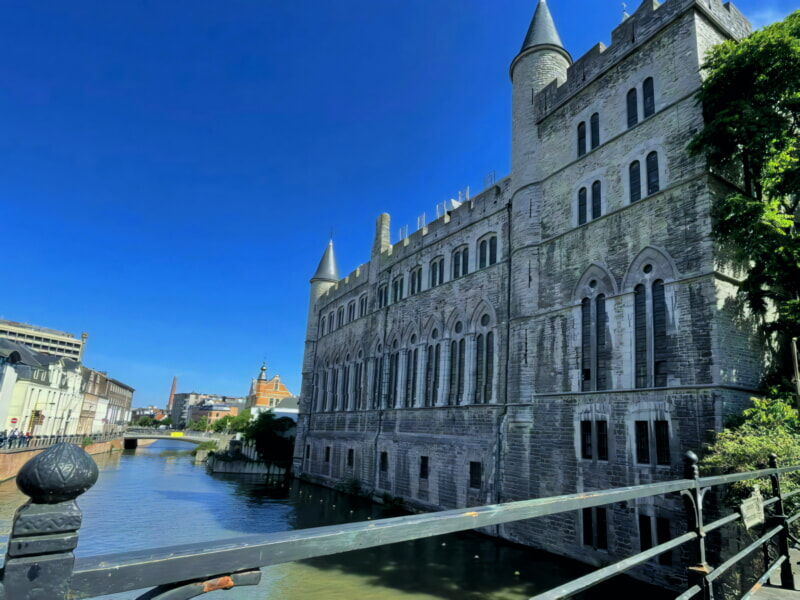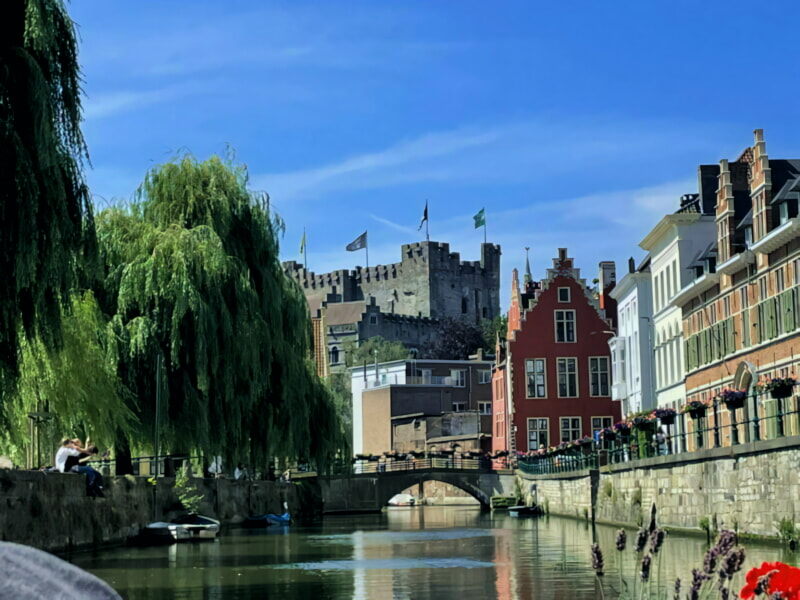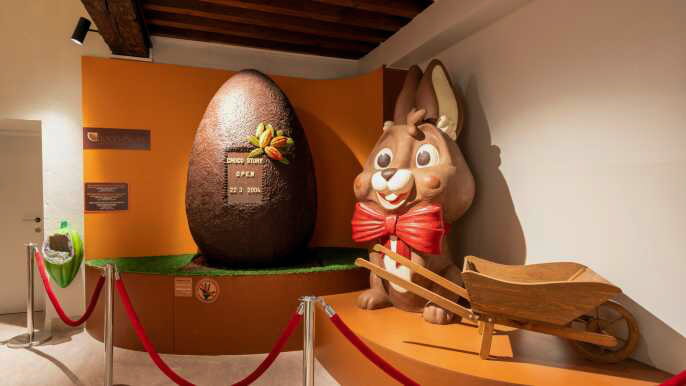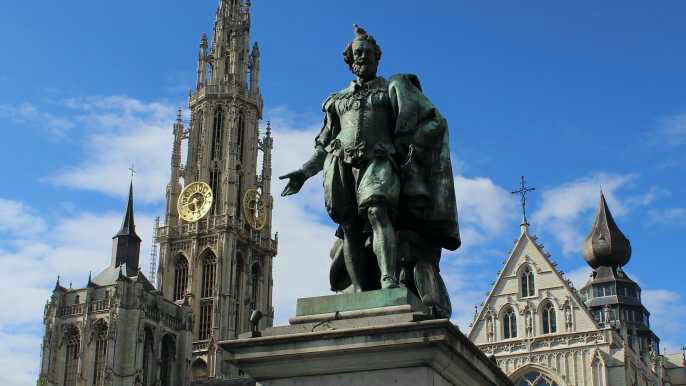Ghent is an iconic city that’s a treasure trove of medieval architecture, culture and history. If you’re planning a trip to this popular destination, read on to discover the best things to see and to do.
One of the best ways to experience Ghent’s medieval beauty is by taking a boat ride along its canals. Riding through these waterways will give you a new perspective on the city’s most beautiful buildings, while also revealing its history and cultural significance.
1. Saint Bavo’s Cathedral
Saint Bavo’s Cathedral is one of the most popular sights in Ghent. It’s an imposing Gothic structure that has stood on the same site for over 1000 years.
Originally a Romanesque church, the building underwent a series of changes to transform it into a Gothic one. This involved the construction of a chancel area, radiating chapels, expansions of the transepts and a chapter house.
The cathedral is also home to an impressive collection of art, which includes a Baroque high altar made in white, black and red flamed marble by Laurent Delvaux and a Rococo pulpit made in solid oak and black and white marble by J. Arens.
The interior is also a treasure trove of paintings from various artists, including the painting Saint Bavo enters the Convent at Ghent by Peter Paul Rubens and the Calvary Triptych attributed to Justus van Gent. There are also paintings by Frans Pourbus the Elder, Caspar de Crayer and Lucas de Heere.

2. Gravensteen
One of Ghent’s most popular attractions is Gravensteen, a 12th century castle that was once the home of the Count of Flanders. This imposing structure is famous for its stunning appearance and was a star of the 1913 Ghent World Fair.
It started as a wooden fortress around the year 1000 and was later converted to stone. It was commissioned by Count Philip of Alsace who was impressed by the crusader castles he saw in his travels.
The castle has a central donjon, or keep, a residence and other smaller buildings. It’s surrounded by a fortified enclosure with 24 small-sized barbicans and a large moat fed by the Lys river.

3. Vrijdagmarkt
One of the largest public squares in Ghent, Vrijdagmarkt translates to “Friday Market.” It’s named for the tradition of town markets held on Fridays.
Whether you’re here to shop local goods or enjoy a beer, there’s plenty to see and do around Vrijdagmarkt. You can visit the Sint-Jacobskerk church and a statue of Jacob van Artevelde, the entrepreneur who revived Ghent’s textile industry.
The city also has a vibrant street art culture with large murals and smaller works to explore. A stroll along Graffiti Alley is a fun way to take in some of the best artwork in the city.

4. Museum of Fine Arts
Ghent’s Museum of Fine Arts houses a huge collection of works, spanning from the Middle Ages to the 20th century. It has over 600 masterpieces, including works by famous artists like Bosch, Rubens, Van Dyck, Ensor, Minne, Claus, and Magritte.
The museum is divided into 25 different galleries and half of them focus on ancient art history, while the other half focuses on modern and contemporary art. There are also temporary exhibitions, which are very interesting.
The most important work in this collection is the Ghent Altarpiece, a painting by Hubert and Jan van Eyck that was once thought to be the first oil paintings of its kind. It is now considered one of the most influential oil paintings in the world.
5. Flower Market
The Kouter, Ghent’s historic square, is filled with flowers on Sundays. The tradition of selling flowers here dates back to 1772, and it has since earned the Kouter its nickname as the “Garden of all Gentenaars.”
It’s not hard to see why: In addition to its beautiful floral stalls, the Kouter is home to a brass band and a 19th-century cast-iron kiosk that looks like something straight out of the set of Game of Thrones.
Climb up the Belfry, a UNESCO World Heritage Site, for views over Ghent from above. The tower is one of the most well-known landmarks in the city, and its weathervane features a dragon.


